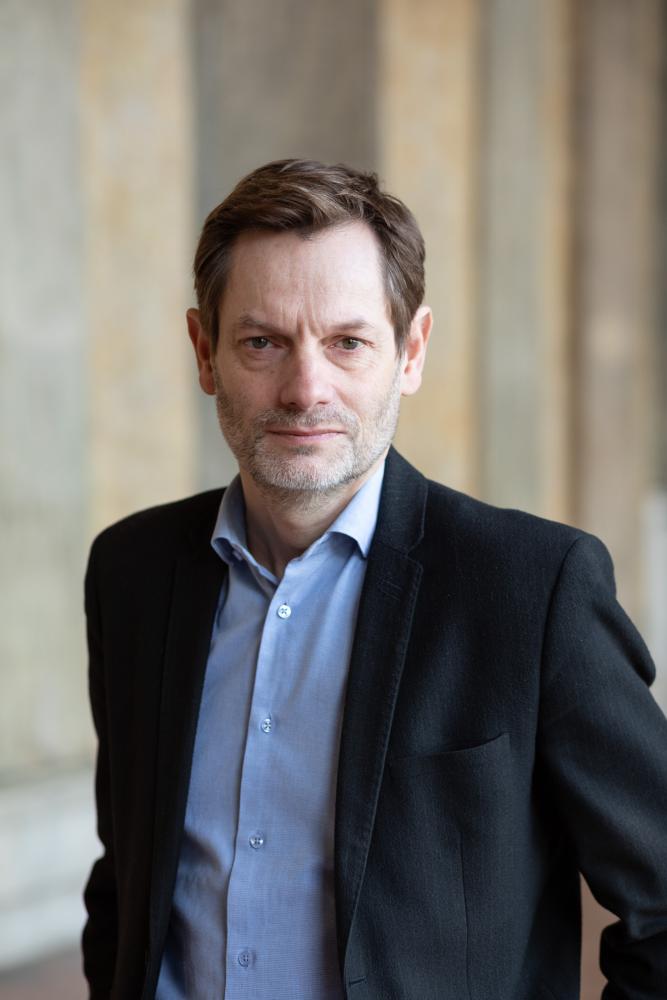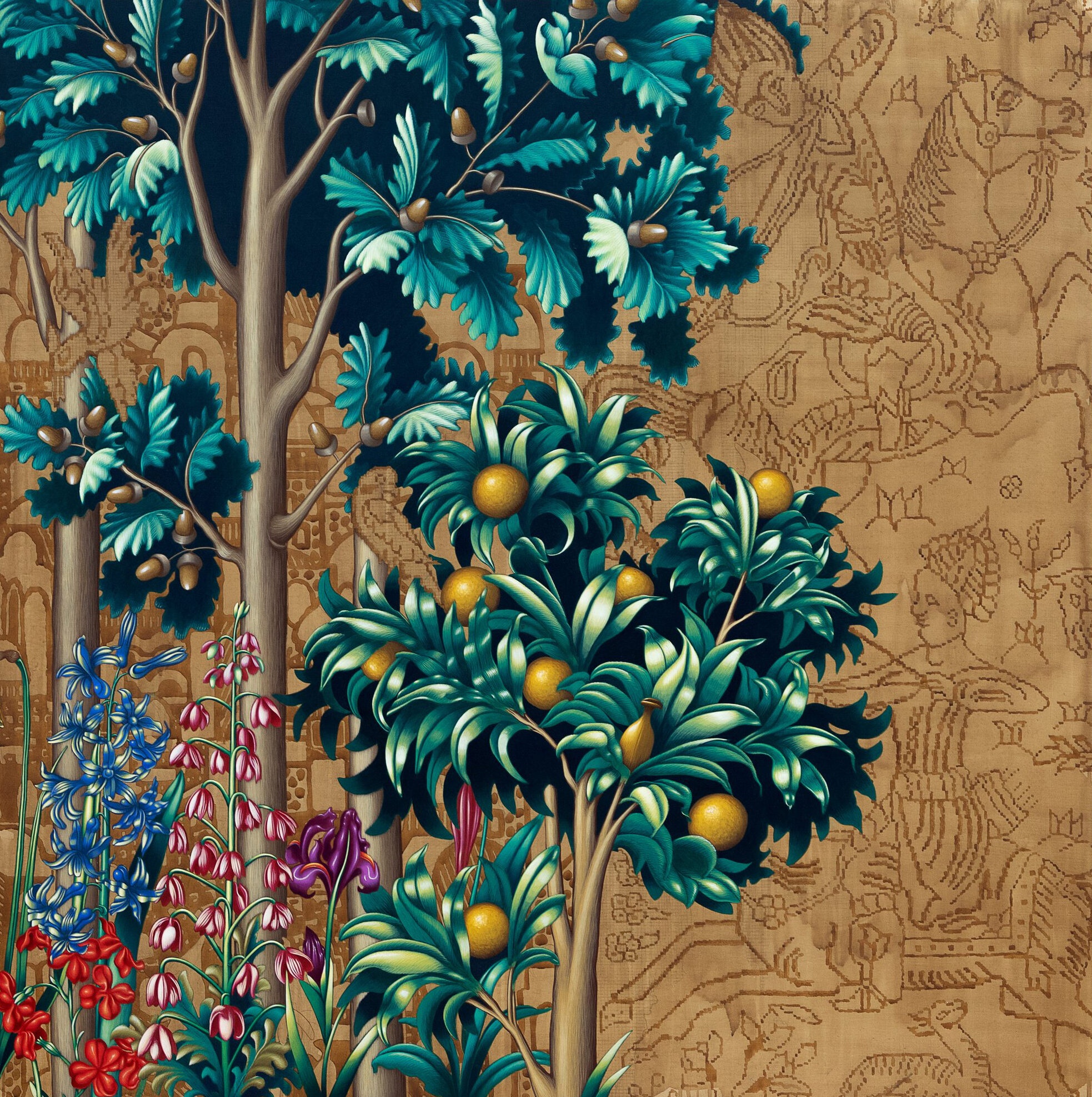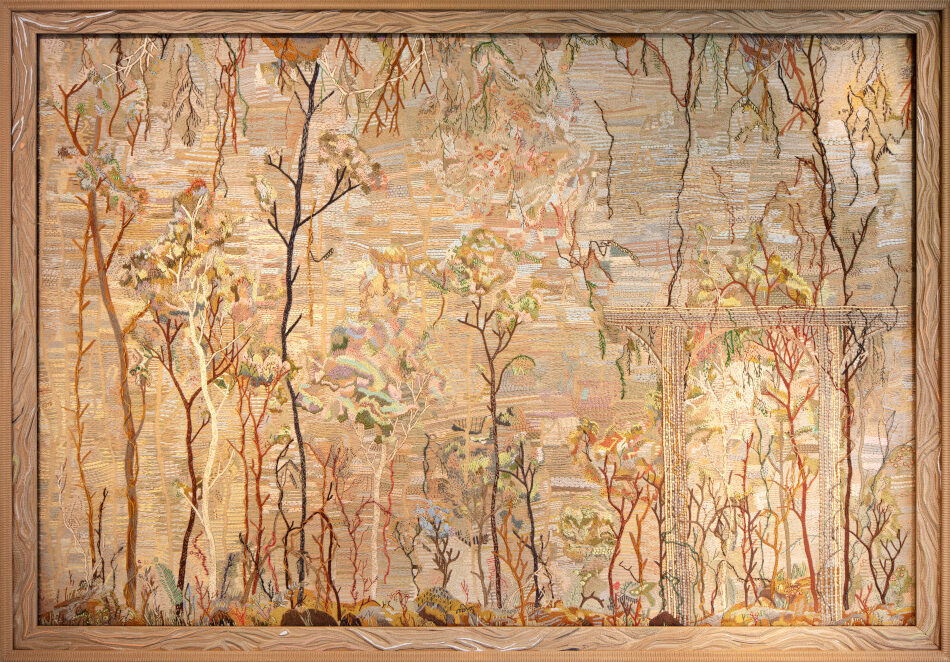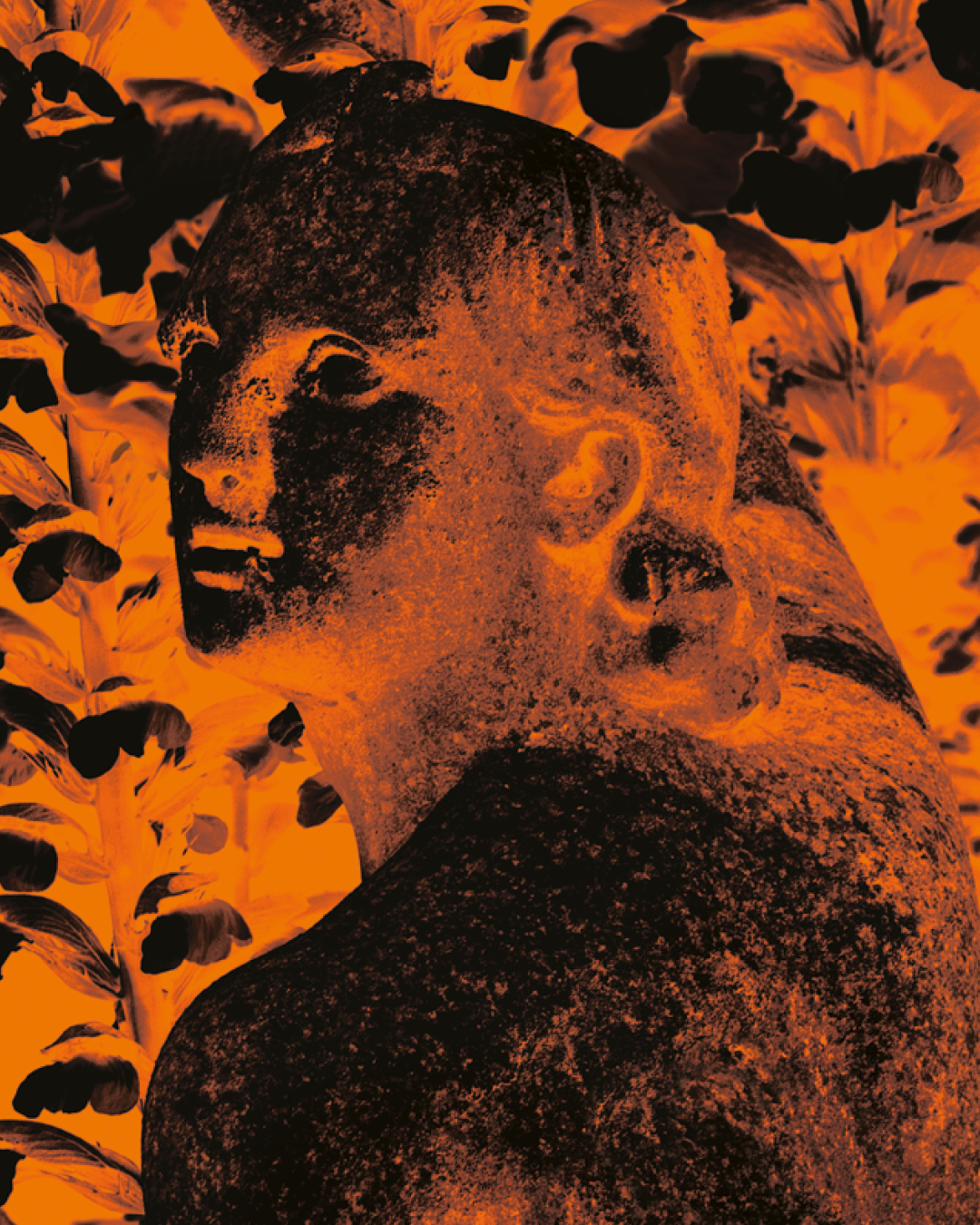Search
CELESTIAL EPICS
Art Brut in the Decharme collection
01.03 - 19.05.2024

The exhibition invites visitors to discover 180 works selected from Bruno Decharme's collection, a veritable panorama of international art brut.
Art brut has never ceased to shake up the history of art and to nourish minds resistant to norms, questioning classic notions of art and creation as well as those of the normal and the pathological. But who are they, these artists of a special kind, witnesses to another world, strangers to stylistic currents and influences? They stand – or have stood – apart from fine art culture, and the codes and places that make it up: schools, academies, museums, fairs…
Bruno Decharme’s collection
The works in Bruno Decharme’s collection, which the Anglo-Saxons refer to as outsider art, display highly creative abilities that are directly in touch with the anomalies of the contemporary world: war, destruction, social and economic injustice, child abuse (Henry Darger), images of propaganda and oppressive regimes (Ramon Losa, Lázaro Antonio Martínez Durán, Alexander Lobanov).
Sometimes, isolation, confinement or exile drive the artist to escape into a fictional exploration of the universe (Adolf Wölfli), to reinvent a parallel world (Aloïse Corbaz), or to summon ghosts, ghosts, hybrid creatures and monstrous beasts that have always inhabited our collective unconscious.
Anthropomorphic figures, intimate geographies, drawing-talismans, mental cartographies, Indian temples and baroque architectures make up the journey between the margins that the exhibition recounts. On the fringes of the imaginary, lost in reality, splashed with stars, these “outsiders” are constantly redrawing the contours of a universe they invent as they go along. With freedom and otherness as their only compasses, they gather, accumulate, fill in, decipher, blacken, distort, amplify, order and build. Without filters, they embark on celestial epics.
The obsession and perseverance of collector Bruno Decharme, who has devoted his life to building up one of the world’s most important collections of art brut, invites us to question our certainties and to take a benevolent look at the very notion of creation, putting forward the idea that to make the world is to make art.
THE DECHARME COLLECTION
Begun in the late 1970s, this collection has now become a benchmark, bringing together four hundred major Art Brut artists from the 18th century to the present day. In 1999, Bruno Decharme founded theassociation abcd (art brut connaissance & diffusion), a research laboratory directed by Barbara Safarova, whose work takes shape through exhibitions, the publication of books and the production of films. Part of this collection, kept in her family, is presented in the exhibition Épopées célestes. For further information, visit the Decharme Collection website: abcd / ART BRUT
THE HISTORY OF ART BRUT
In the book Art Brut preferred to cultural arts (Paris, Galerie René Drouin, 1949), Jean Dubuffet defines art brut as “works executed by people untouched by artistic culture, in which mimicry, contrary to what happens with intellectuals, has little or no part, so that their authors draw everything (…) from their own background and not from the clichés of classical or fashionable art. We are witnessing a pure, raw artistic operation, reinvented in all its phases by its author, based solely on his own impulses. If the territory of Art Brut is that of “the common man at work”, as Dubuffet put it, it can also be said that the artist’s destiny is uncommon, characterized by a knot between history and the artist’s private life, where one can no longer distinguish one from the other.

Barbara Safarova
Film producer, Doctor of Letters and Aesthetics, President of the abcd association, she was program director at the Collège international de philosophie. She has published extensively on art brut and co-curated several exhibitions in France and abroad. She has just completed an anthology of texts by American authors on Art Brut (to be published by JRP Éditions, coll. “Lectures maison rouge”). Barbara Safarova is a member of the Art Brut steering committee at the Bibliothèque Kandinsky – Centre Pompidou and teaches a seminar on Art Brut at the École du Louvre.

Bruno Decharme
After studying philosophy and art history, Bruno Decharme became a film director. In the mid-1970s, his encounter with Jean Dubuffet’s Art Brut collection proved decisive. Since then, he has divided his life between cinema and his collection. In 2021, he donated almost a thousand works to the Musée national d’Art moderne – Centre Georges Pompidou. He is a member of the Art Brut steering committee at the Bibliothèque Kandinsky – Centre Pompidou.

Sam Stourdzé
Born in 1973, Sam Stourdzé is a specialist in the contemporary image and the relationship between art, photography and cinema. He has curated numerous exhibitions and written several reference works. A former resident of the Académie de France in Rome – Villa Médicis in 2007 in the cinema section, Sam Stourdzé was director of Les Rencontres d’Arles from 2014 to 2020, after having directed the Musée de l’Élysée in Lausanne, Switzerland, between 2010 and 2014 and been editor-in-chief of the photography magazine ELSE. In his six years at the helm of Rencontres d’Arles, he has organized 225 exhibitions, celebrated the festival’s 50th anniversary in 2019, launched a Chinese version of the festival in Xiamen (Jimei x Arles International Photo Festival) and designed...

Caroline Courrioux
Caroline Courrioux has been in charge of exhibitions at Villa Medici since 2021. A specialist in aesthetics and visual studies, she works on the links between contemporary art, ecofeminisms and political imaginaries. She previously worked with artists and exhibition projects as Production Manager at Rencontres d’Arles.

Jean Dubuffet
The concept of art brut is attributed to the French painter Jean Dubuffet (Le Havre, 1901- Paris, 1985), who from 1945 onwards built up a collection of objects and productions made by psychiatric hospital patients, prisoners, marginalized people, loners, “outside the system”. These self-taught creators produce without concern for the gaze of others, helping to shape new languages, inventions and techniques.
OUR CELESTIAL EPICS PROGRAM
As an extension of the exhibition, an immersive concert will be held in the exhibition rooms. Colloquium I Study day on the exhibition ÉPOPÉES CÉLESTES
Friday, May 3, 2024 from 11 a.m. to 5:30 p.m. Free of charge
“I’m honored to have been born in your head.in your head”.Wednesday, March 20, 2024 from 6pm to 7pm By Séverine BallonResident of Villa Médicis Prices: 7€ / 2€ (SOLO, DUO, TRIBU cards) With : Séverine Ballon ; Joris Rühl, bass clarinet ; Lê Quan Ninh, percussion ; Édith Proust, actress ; Babouillec, author Family visit with children aged 5 to 10 Every Sunday at 3pm in French and 4:30pm in Italian Duration: 1h30 A playful visit to the exhibition rooms, led by a Villa Medici mediator.













